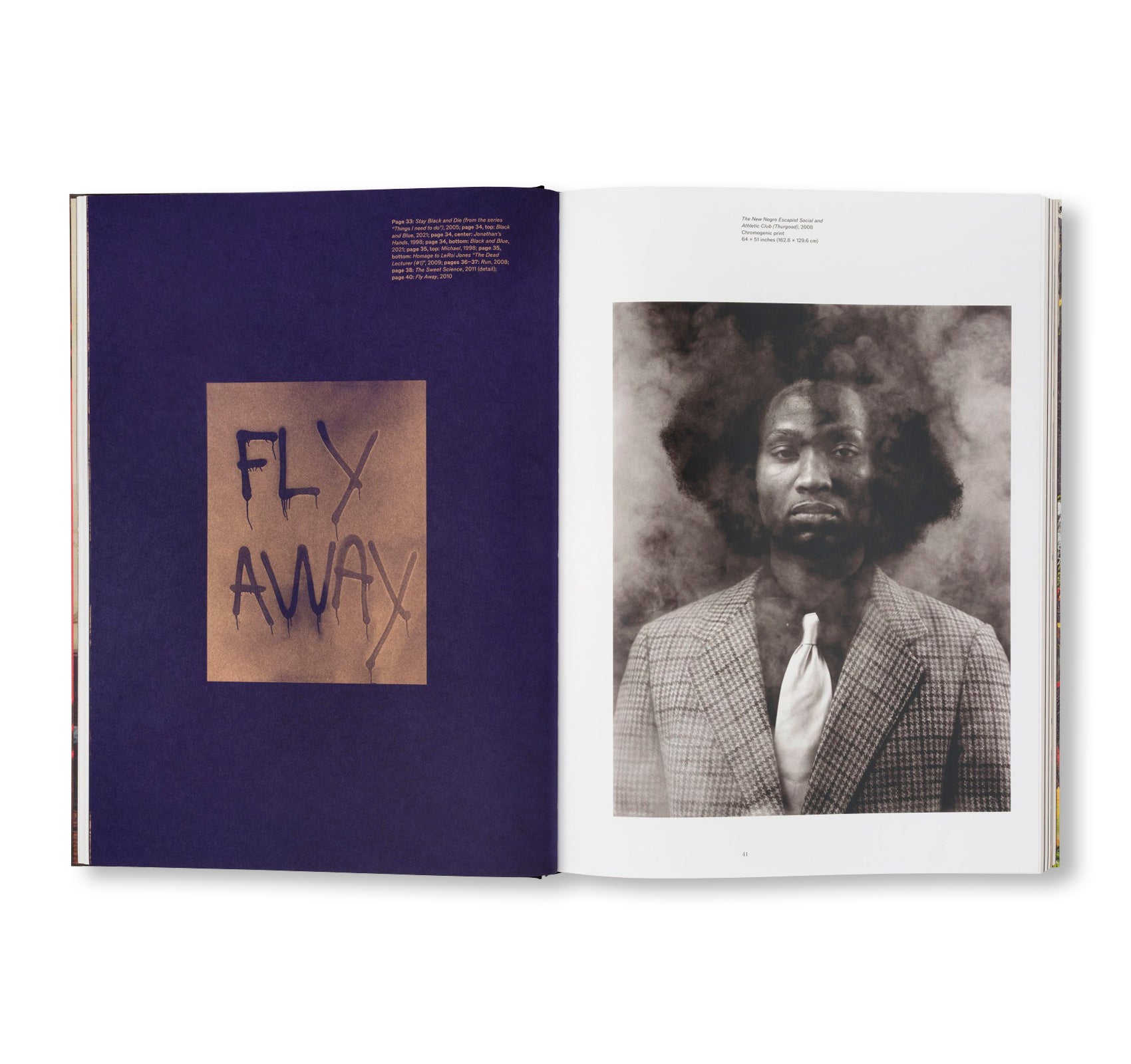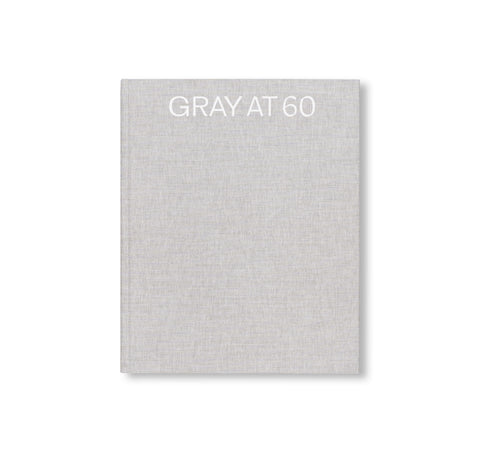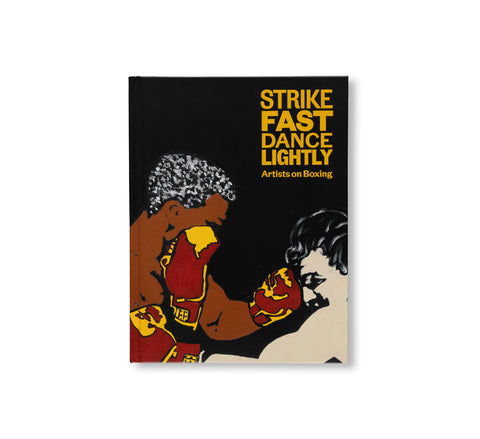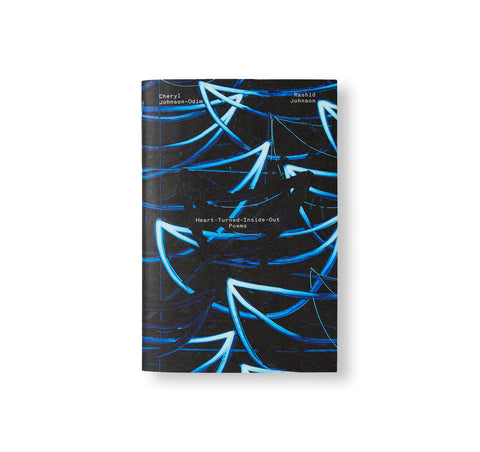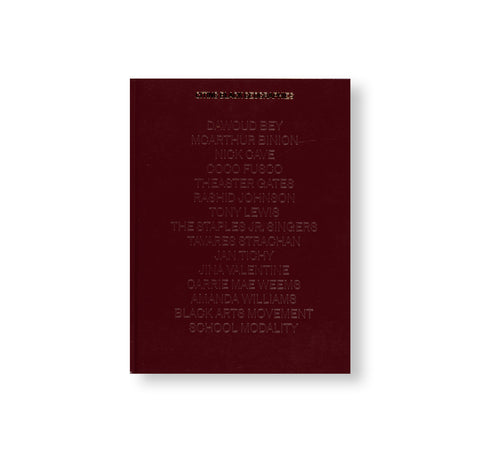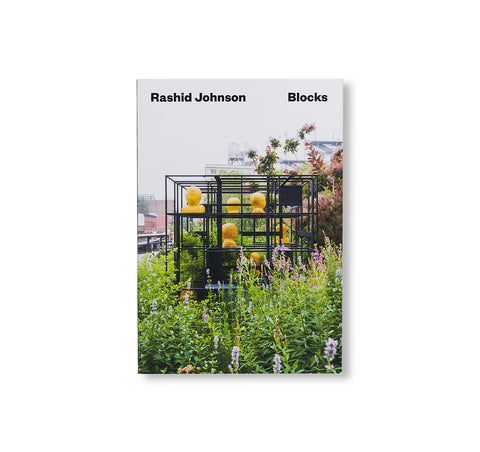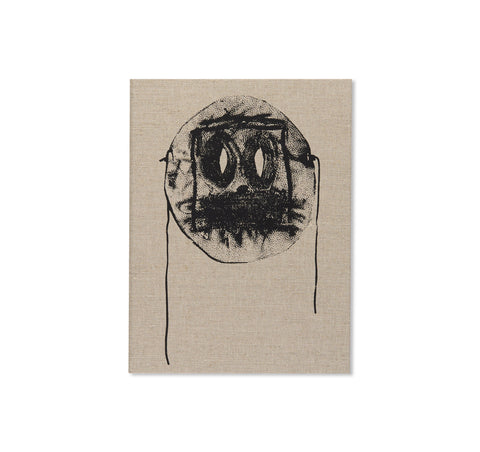A POEM FOR DEEP THINKERS by Rashid Johnson
アメリカ人アーティスト、ラシード・ジョンソン(Rashid Johnson)の作品集。2025年4月から2026年1月までニューヨークの「ソロモン・R・グッゲンハイム美術館(Solomon R. Guggenheim Museum)」で開催された展覧会に伴い刊行された。本展はその後、共催であるテキサス州フォートワースの「フォートワース現代美術館(Modern Art Museum of Fort Worth)」での展覧ののち、シカゴの「シカゴ現代美術館(Museum of Contemporary Art Chicago)」に巡回する。
初期に制作されたセルフ・ポートレイトから、サイトスペシフィックなインスタレーション作品まで、本書は現代における革新的なテーマ、問い、そして美学に対して恐れることなく作者が向き合ってきたことを浮き彫りにする。展覧会では、30年におよぶアーティストとしてのキャリアとその活動を辿り、それぞれが互いに関わり合う3つの領域に作者を位置付けている。1つは美術史の研究者として、もう1つはブラック・ポップ・カルチャーとその広範にわたる商品性(コモディフィケーション)との間における仲介する存在として、そしてもう1つは現代美術のグローバル化に向き合うアーティストとして。
展覧会と本書には、初期の写真作品、ブラックソープとマイクロクリスタリンワックスを組み合わせた「Cosmic Slops」シリーズ、スプレーでテキストを描いた作品、コラージュ絵画作品、陶器のタイルや鏡の破片、貝殻など様々な素材を用いたモザイク作品「Broken Men」シリーズ、映像作品、そして作品群の中でも核をなす、シアバターやブラックソープ、植物、陶器の器、蝋などの素材を組み込んだ彫刻やインスタレーションなど、約90点の作品が紹介されている。このような作品への追究は、多様な素材と作品の形態を巧みに操る比類なき能力、また人間の精神状態を繊細にまとめ上げる技量を示している。
小口とタイトルに金色の箔を用いた重厚な装丁が施された本書は、200を超える図版を収録する。また、黒人女性として初のノーベル賞作家であり編集者のトニ・モリスン(Toni Morrison)、アフリカ系アメリカ人で初のピューリッツァー賞受賞者となる詩人のグウェンドリン・ブルックス(Gwendolyn Brooks)、民族主義運動や政治への参加も行った作家であり詩人のジャン・ジュネ(Jean Genet)、人種・階級差別を風刺的に描いた作品で「全米批評家協会賞」やイギリスの「ブッカー賞」を受賞したポール・ビーティー(Paul Beatty)、人種差別問題を扱う詩人であり作家、音楽評論家、思想家かつ活動家のアミリ・バラカ(Amiri Baraka)といった文学界の巨匠たちによるテキストの抜粋、そこにエッセイやインタビューで洞察を多数交え、作者の作品群をさらに先まで照らし出すような創造性に富む考察を我々に与えてくれる。
From his early self-portraits to his site-specific installations, this volume underscores Rashid Johnson’s fearless engagement with the central themes, questions, and aesthetics of the contemporary era.
Co-organized by the Guggenheim New York and the Modern Art Museum of Fort Worth, A Poem for Deep Thinkers is a three-decade survey of Rashid Johnson’s artistic career. It situates the artist within three interconnected spheres: as a scholar of art history; as a mediator of Black popular culture and its widespread commodification; and as an artist engaged with the globalization of contemporary art.
The exhibition and accompanying catalogue feature nearly 90 artworks, including early photographs, Cosmic Slops, spray-painted text works, collage paintings, Broken Men mosaics, film projects, and key sculptures and installations that incorporate materials such as shea butter, black soap, plants, ceramic vessels, and wax. These explorations demonstrate Johnson’s uncommon fluency with multiple materials and forms as well as a nuanced ability to synthesize the condition of the human psyche.
Lavishly produced with gold block edges and illustrated with more than 200 images, the publication offers creative meditations on excerpts by literary icons Toni Morrison, Gwendolyn Brooks, Jean Genet, Paul Beatty and Amiri Baraka, interspersed among insightful essays and an interview that further illuminate Johnson’s work.


